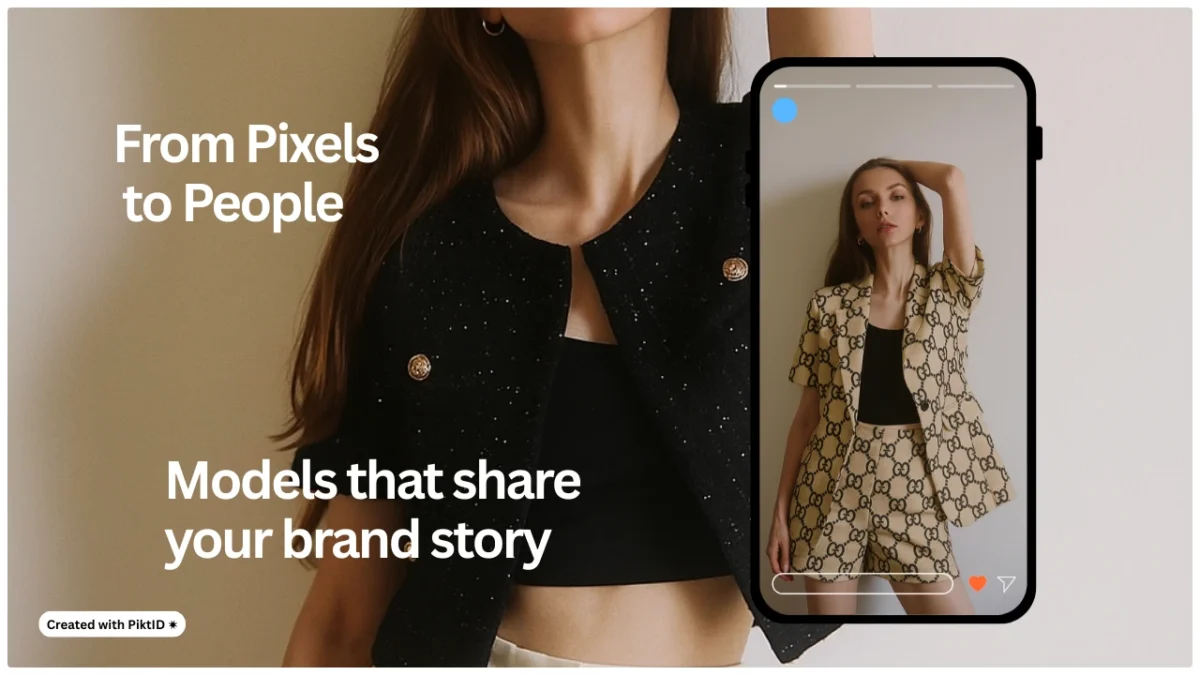1. Getting started with Fashion Technology AI
Fashion technology AI refers to the application of advanced artificial intelligence techniques in transforming how the fashion industry designs, produces, markets, and sells apparel. In today’s context, it goes far beyond simple automation—fashion technology AI merges data analytics, computer vision, and generative models to create an ecosystem where fashion is not only reactive to trends but predictive and highly personalized.
The importance of this shift is profound. AI is now driving innovation across multiple fronts: from generating new patterns and fabric textures to enabling virtual try-on models, to helping retailers personalize shopping experiences at scale. Fashion technology AI is also closely tied to sustainability, as digital first prototyping and design reduce waste and minimize the need for excessive sample production.
Platforms like PiktID Studio are at the forefront of this change. With tools such as Generate Person and Create Image, brands can test new looks, create trend-responsive visuals, and adapt campaigns quickly. This capability is shaping the future of fashion by blending creativity with data driven insights, making it possible to achieve both efficiency and innovation in every stage of the workflow.
2. The Rise of Fashion Technology AI in the Industry
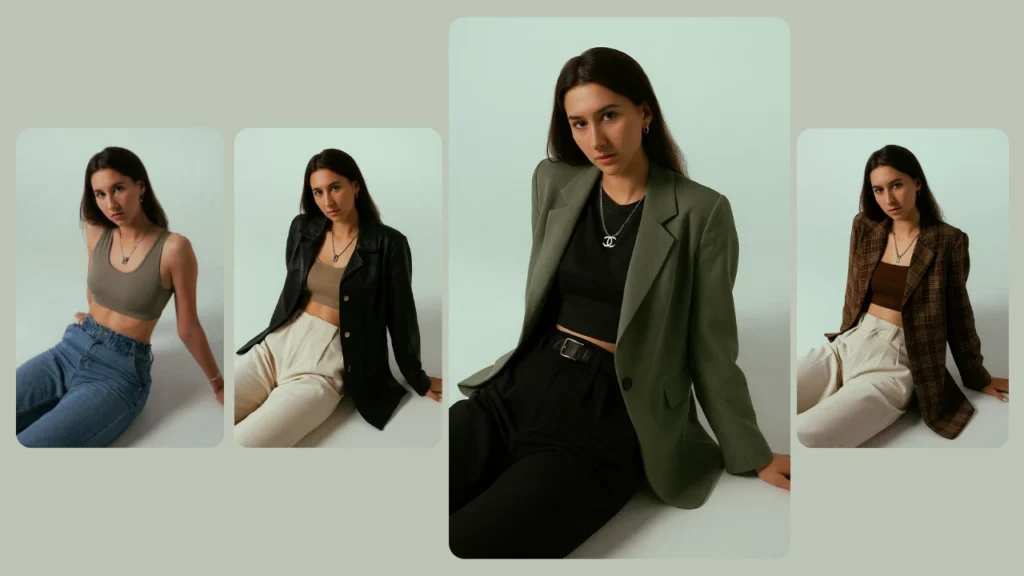
The rise of fashion technology AI marks a pivotal transformation in how the industry operates. Traditionally, fashion design was a manual, time consuming process dependent on sketches, samples, and physical runway shows to test consumer response. Today, AI-driven tools streamline these workflows, accelerating ideation and reducing logistical costs.
Key drivers fueling this transition include:
- Fast fashion cycles: Consumers expect constant novelty, and AI helps brands design and test at speed.
- Personalization demands: Shoppers want clothes that reflect their individual style, fit, and cultural context.
- Digital fashion growth: AI enables virtual garments for gaming, meta verse environments, and AR try ons.
Fashion technology AI plays a central role in trend prediction. By analyzing vast datasets from social media, search behavior, and global runway events, AI models can forecast emerging styles before they hit the mainstream.
The outcome is a fashion ecosystem that is faster, more data-informed, and adaptable ensuring brands remain competitive. While meeting consumer expectations for creativity, personalization, and sustainability.
Read more : AI outfit changer
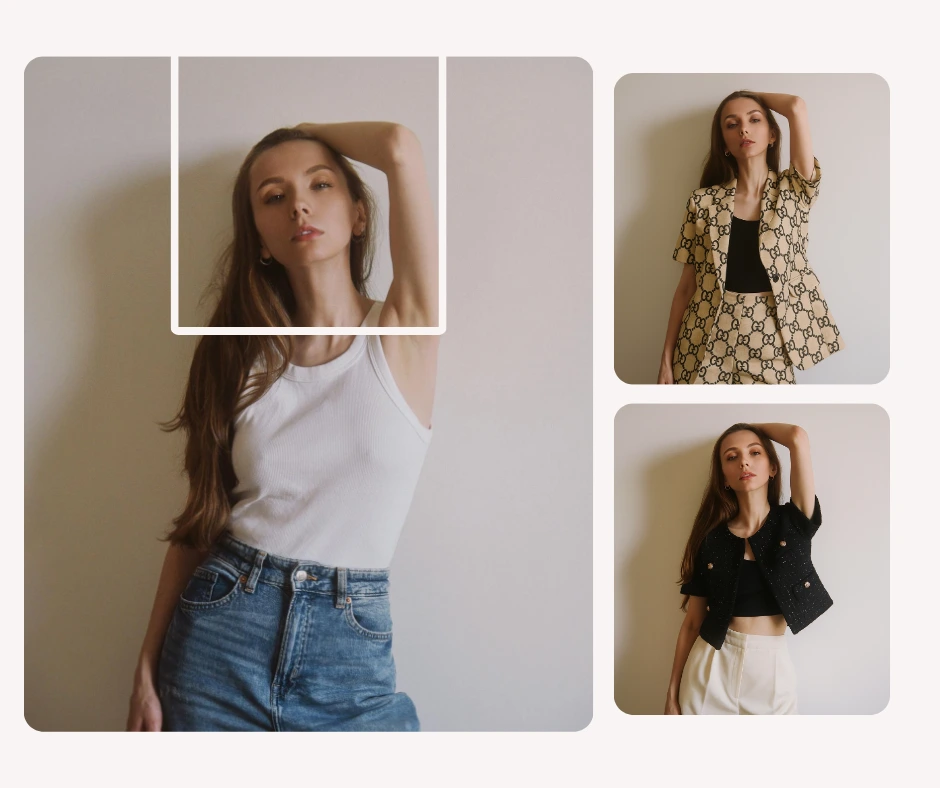
3. Applications of AI in Fashion
The rise of fashion technology AI has opened up entirely new workflows for designers, retailers, and marketing teams. Instead of relying only on manual creativity, brands now integrate AI-powered solutions to optimize everything from concept to consumer experience.
Key applications include:
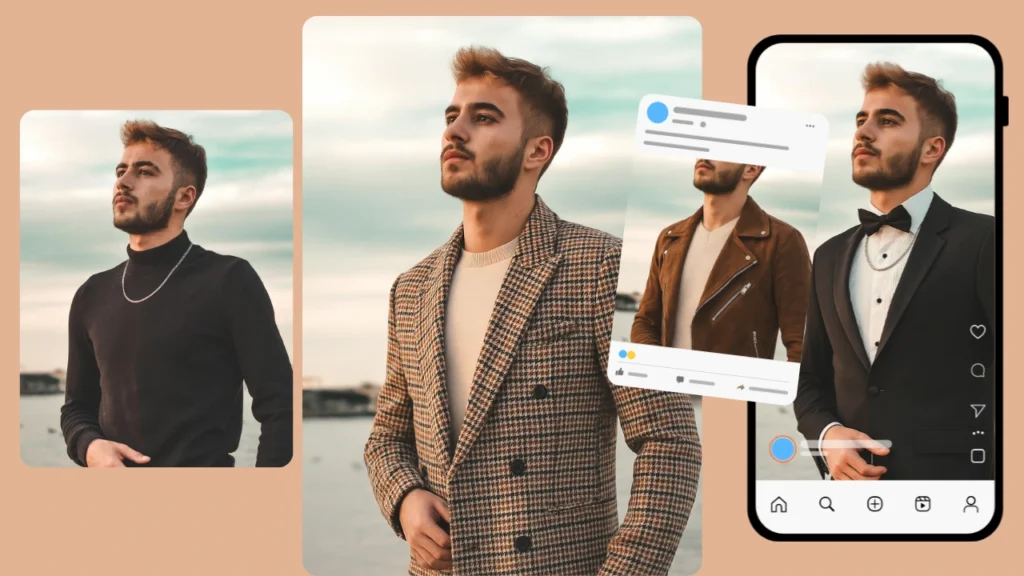
i. Content Creation
AI-generated models and outfits allow brands to refresh campaigns, and catalogs without organizing costly photo shoots. This ensures consistency across global campaigns while enabling endless creative experimentation.
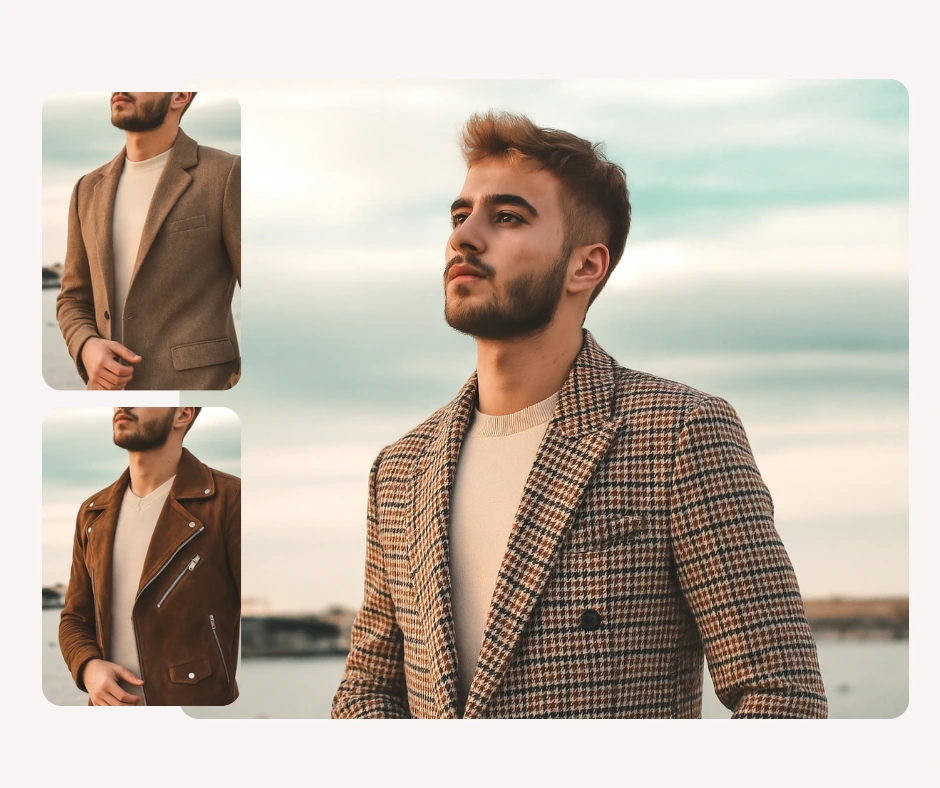
ii. Trend Forecasting
Fashion technology AI analyzes millions of data points from social media, runways, and global e-commerce platforms. This predictive capability allows brands to anticipate color palettes, silhouettes, and fabrics that will resonate with consumer demands.
iii. Virtual Try-Ons & Fitting Rooms
AI-powered fitting rooms give customers the ability to visualize garments on themselves digitally. This improves buyer confidence, reduces returns, and makes online shopping more interactive.
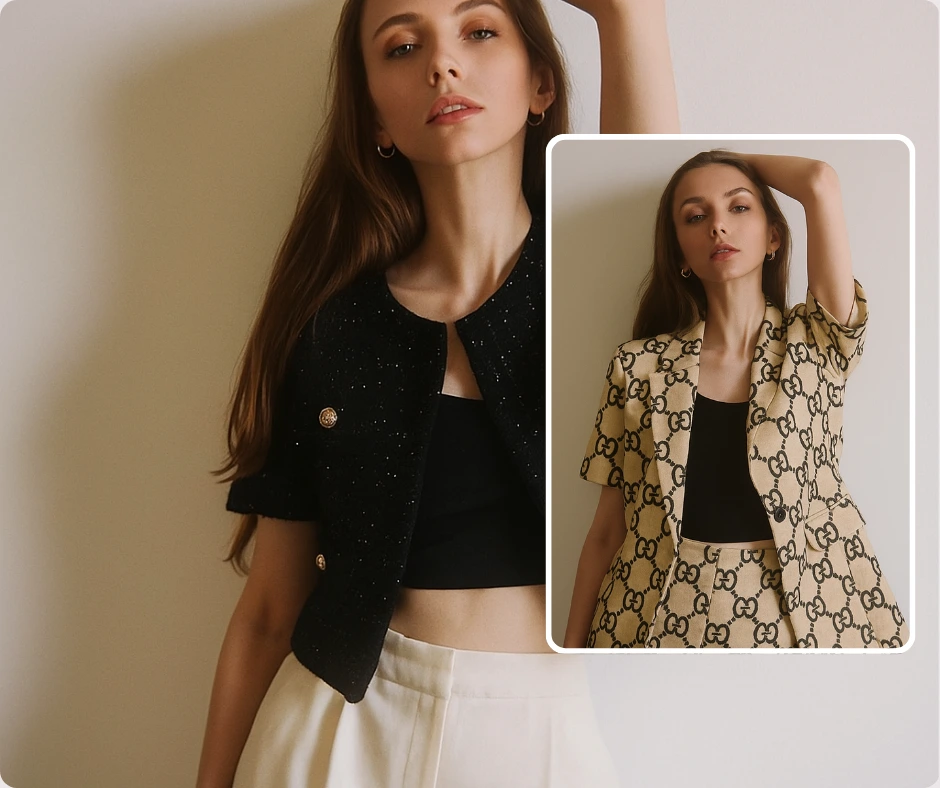
iv. Sustainable Fashion
By simulating fabric patterns, garment structures, and production scenarios, fashion technology ai helps reduce overproduction and waste. Designers can test multiple prototypes digitally before producing physical samples, saving both cost and materials.
v. E-commerce Optimization
Personalized recommendation systems powered by AI increase cart conversion rates and customer satisfaction by tailoring product suggestions to individual preferences and browsing history.
In short, the integration of AI is not an accessory to the industry but a driver of innovation and sustainability.
Read more about AI clothing model
4. Designing with Fashion Technology AI Using PiktID
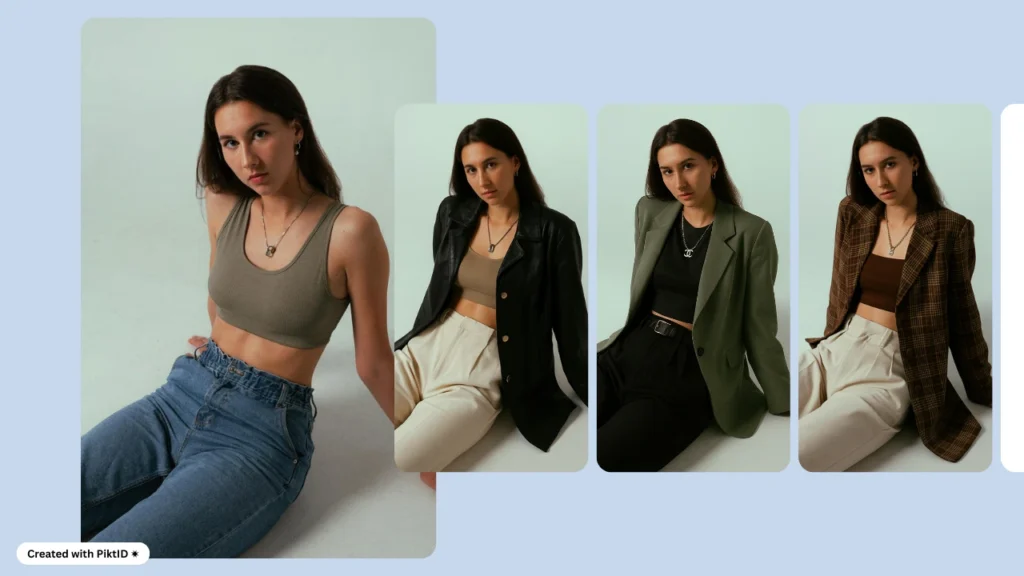
PiktID Studio’s Create Image Tool provides a powerful outlook for your designs based on the prompt you entered. This tool enables brands, designers, and content creators to test new fashion ideas instantly.
Step-by-Step Guide
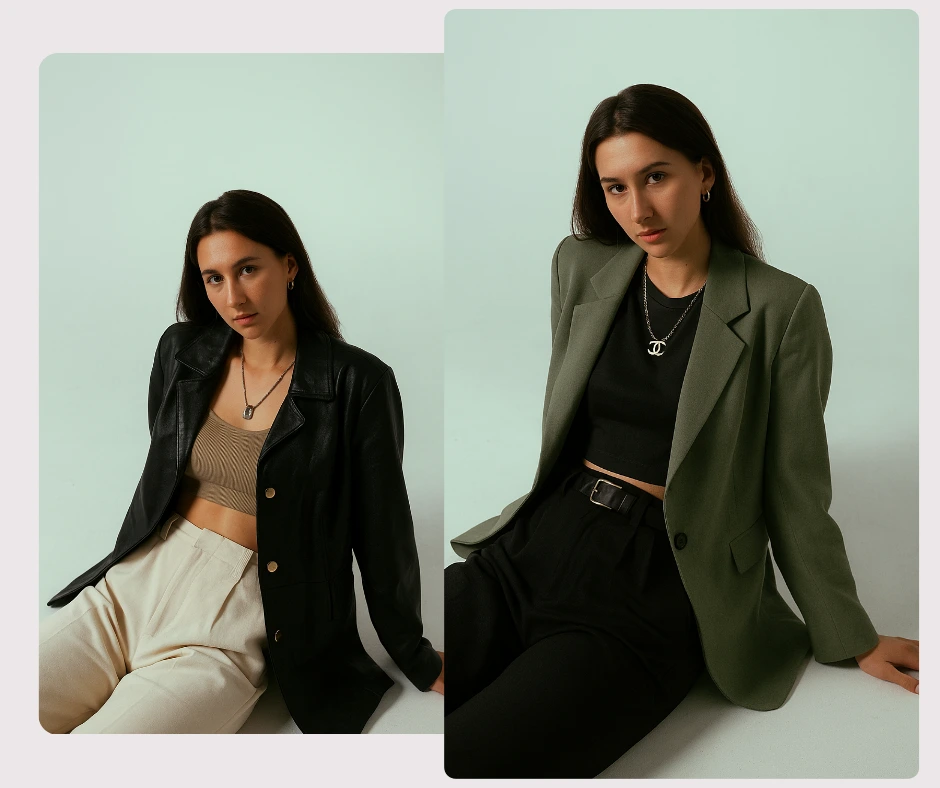
Step 1 – Upload an Image & Anonymize
Start by uploading any image — this could be a polished studio shot or even a casual photo of someone wearing clothes. The Anonymize feature ensures the original identity is stripped away, creating a clean base model for experimentation. From there, you can also create and store a new AI model identity that represents your brand’s virtual model.
Step 2 – Write a Prompt
Once the base model is ready, add your creative direction. For example: “A male model in futuristic streetwear with neon accents” or “A woman in a Paris Fashion Week–inspired haute couture gown.” Prompts allow unlimited experimentation with styles, fabrics, and design eras.
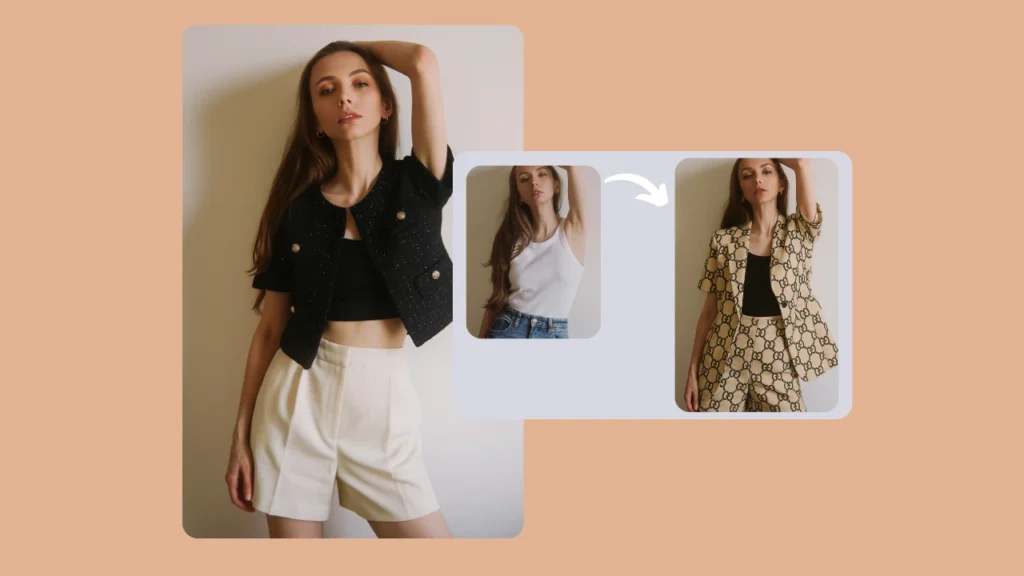
Step 3 – Edit Model Settings (Optional)
Refine the output with advanced parameters — adjust realism, lighting, composition, or even the artistic tone. This makes it possible to generate polished visuals ready for e-commerce, campaigns, or editorials.
Step 4 – Swap Identities for Consistency
Need the same model identity across multiple outfits? Use the Swap feature to reapply your stored AI look book model. This ensures your visuals remain consistent while showcasing different SKUs, colors, or poses — eliminating the need for repeated re shoots.
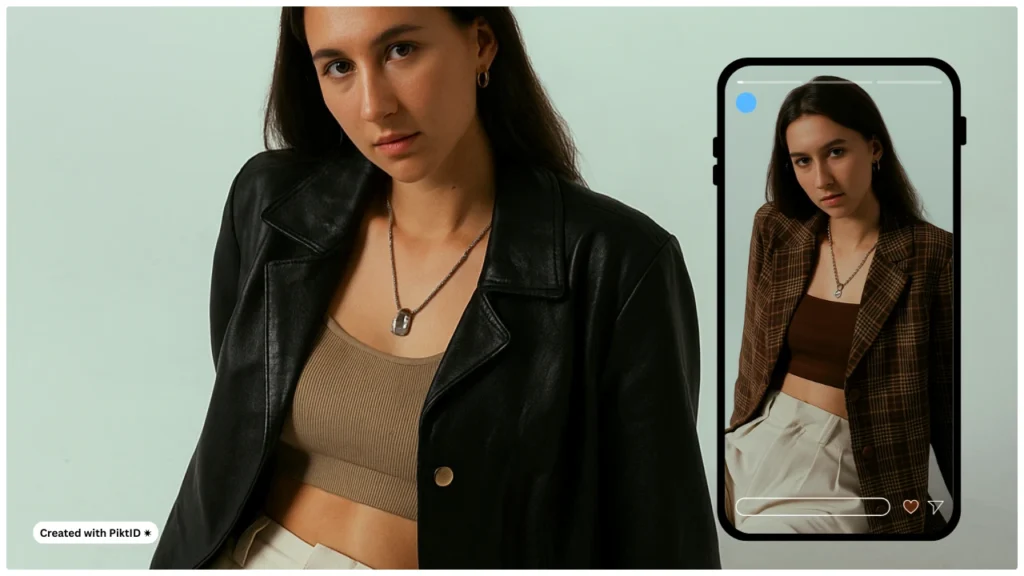
Step 5 – Generate Pictures!
Click Generate to create high quality visuals in seconds. All outputs are automatically saved in your History tab, making it easy to compare results, refine prompts, and select the best images for your collection.
This streamlined approach represents the future of design — one where creativity and technology converge to empower fashion professionals of all sizes.
Additional Info:
5. How Fashion Designers & Brands Can Leverage AI-Generated Fashion
The rise of fashion technology AI has redefined how designers and brands approach creativity, production, and marketing. Instead of relying solely on traditional work flows that require multiple iterations and costly sample development, AI enables instant visualization and scalable experimentation.
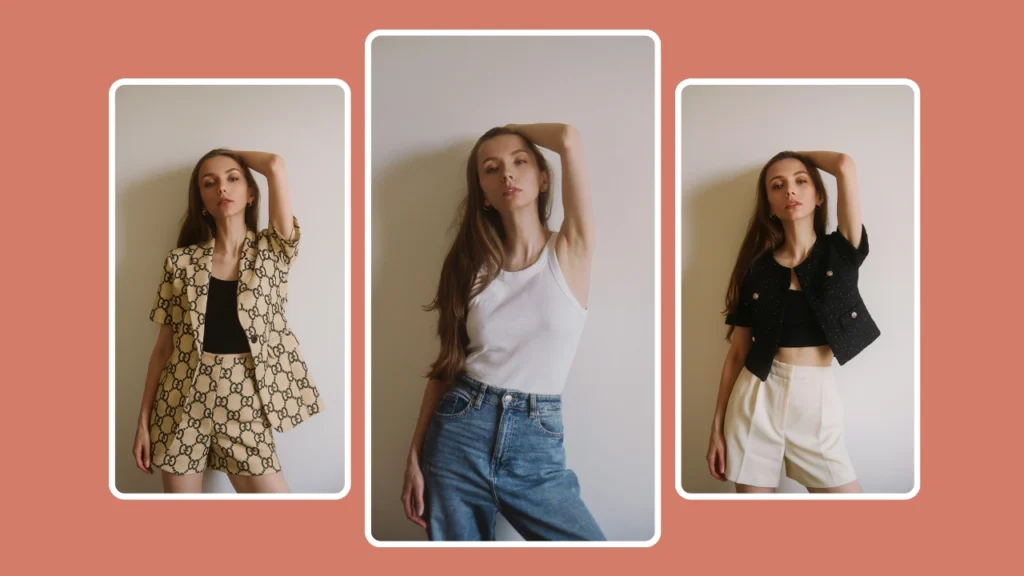
Key applications include:
Marketing & Campaigns: Brands can launch visuals featuring AI-generated models styled in the latest looks. This provides campaign ready content without the expense of organizing full scale photo shoots.
Trend Adaptation: Fashion technology AI allows quick testing of design variations — colorways, fabric textures, or accessory pairings — making it easier to align with evolving market demand.
Global Inspiration: With simple text prompts, designers can simulate cultural influences, regional aesthetics, and seasonal trends, creating fashion that resonates with diverse global audiences.
By integrating these applications, fashion businesses gain agility and reduce reliance on traditional, resource heavy methods.
You can simply use PiktID’s AI Clothes Swap
6. Real-World Impact of Fashion Technology AI
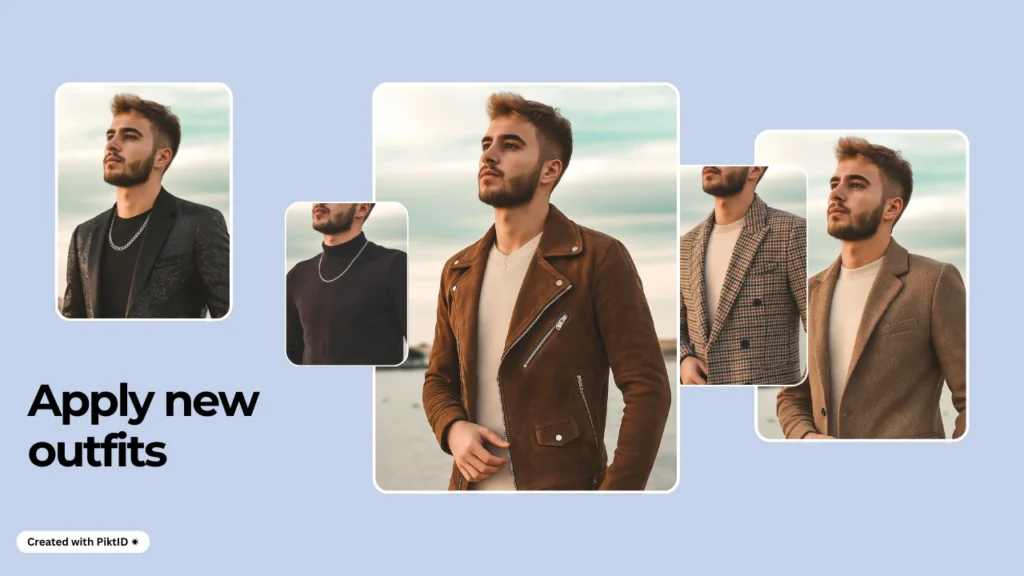
The impact of fashion technology AI is visible across both global fashion houses and independent creators. Established brands are already using AI to set new trends by analyzing consumer behavior, predicting demand shifts, and launching collections faster than competitors.
Examples of real world impact:
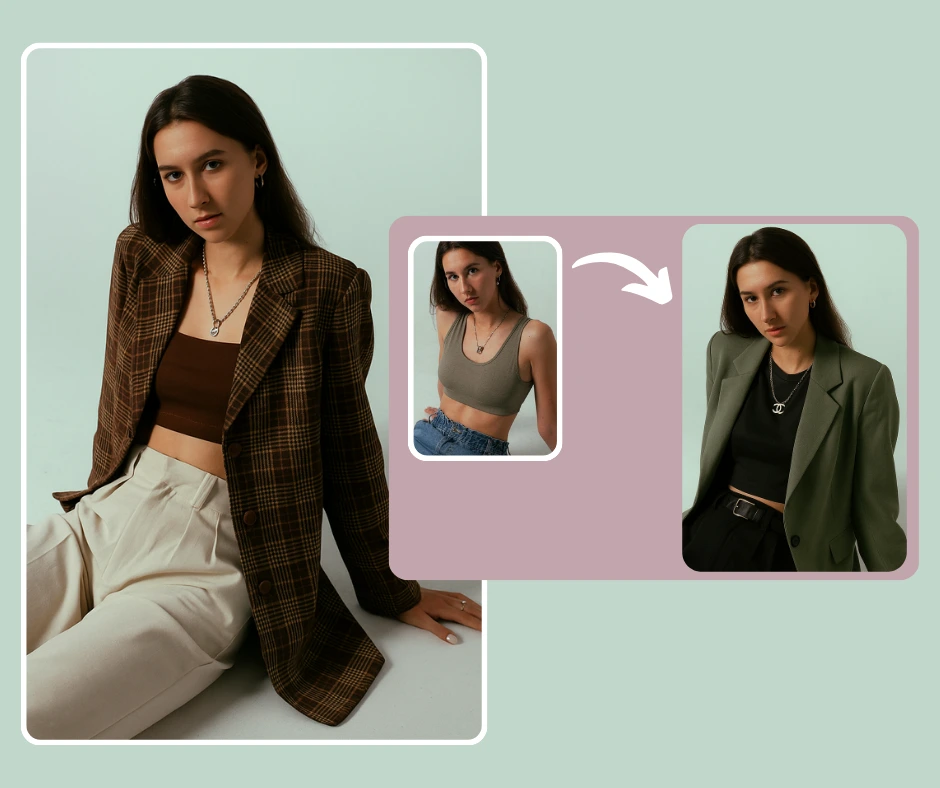
Cost Reduction: AI eliminates the need for multiple rounds of prototyping, significantly lowering design and production expenses.
Accelerated Creativity: Designers can generate dozens of variations in minutes, helping them experiment more freely and push creative boundaries.
Democratization of Fashion: What was once limited to large studios is now accessible to small businesses and independent creators. Even a startup brand can use AI tools like PiktID Studio to build catalogs, run campaigns, and test market responses at scale.
Ultimately, fashion technology AI is not just enhancing creativity—it’s transforming the economics of the industry, making innovation faster, cheaper, and more inclusive. You can use PiktID to insert face easily in your subjects
7. The Future of Fashion with AI
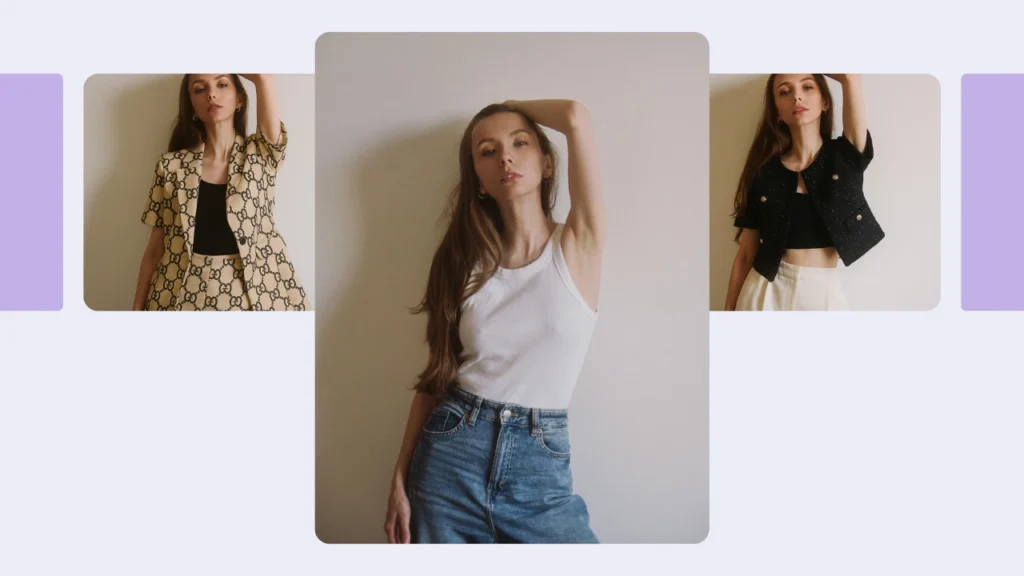
Fashion technology is moving from experimentation to mainstream production, and its near term impact will be visible across shows, commerce, and creative workflows. Digital fashion shows are the most public face of that shift: designers and brands can stage virtual runways populated by AI-generated models, dynamic lighting rigs, and programmatic garments. These events remove geographical constraints, lower costs, and allow rapid A/B testing of looks in front of global audiences. For brands, the payoff is twofold — immediate creative control and measurable audience engagement data that informs real world production decisions.
Integration with AR and VR will make virtual try-ons immersive and practical. Instead of static photos or simple overlays, consumers will step into three dimensional try-on environments where garments respond to body motion, lighting, and perspective. This improves purchase confidence and reduces returns because shoppers see how a garment drapes and moves in simulated reality before buying. Retailers will embed these experiences on product pages, in apps, and even at physical kiosks to bridge the gap between digital discovery and physical fit.
Finally, treat AI as a collaborator rather than a replacement. Machine learning accelerates ideation generating patterns, fabric suggestions, and silhouette permutations—but human designers remain the curators of brand voice, storytelling, and cultural sensitivity. In practical terms, AI automates repetitive, time consuming tasks (sampling colorways, rendering multiple model permutations), freeing designers to focus on narrative, craft, and final creative judgment. The result is a hybrid workflow where AI models for clothing multiplies creative bandwidth while preserving artistic intent.
8. Use PiktID and claim your 10 Free Credits
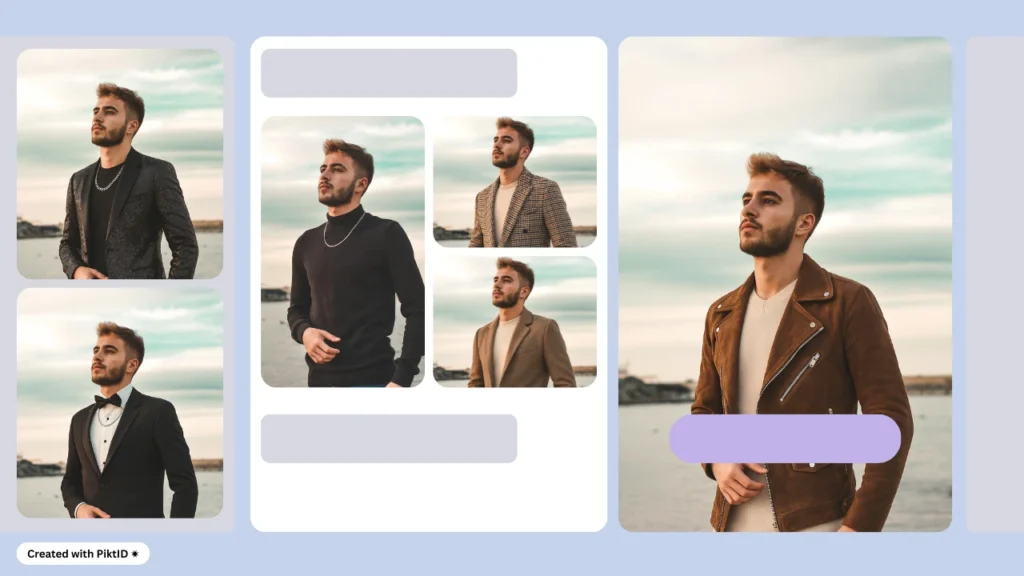
Fashion technology AI is no longer a theoretical advantage — it is a practical lever for speed, scale, and sustainability. From AI-assisted design and virtual sampling to immersive AR try-ons and digital runways, the technology reduces lead times, lowers production waste, and expands how brands present themselves to customers. As the industry adopts these tools, winners will be the teams that combine rigorous creative direction with scalable AI processes.
PiktID’s Create Image sits at this intersection as an accessible, production ready tool for designers, marketers, and e-commerce teams. It enables on demand generation of styled visuals, consistent look book assets, and rapid trend experiments without the cost and logistics of traditional shoots. Use Create Image to validate concepts, produce campaign ready mockups, or generate regionalized creative quickly.
If you are building the next collection, planning a virtual campaign, or testing new colorways, now is the moment to integrate fashion technology AI into your workflow. Start experimenting with PiktID Create Image today and prototype the styles that will define tomorrow’s wardrobes.
Additional Guide: AI models Fashion anonymization
9. FAQs
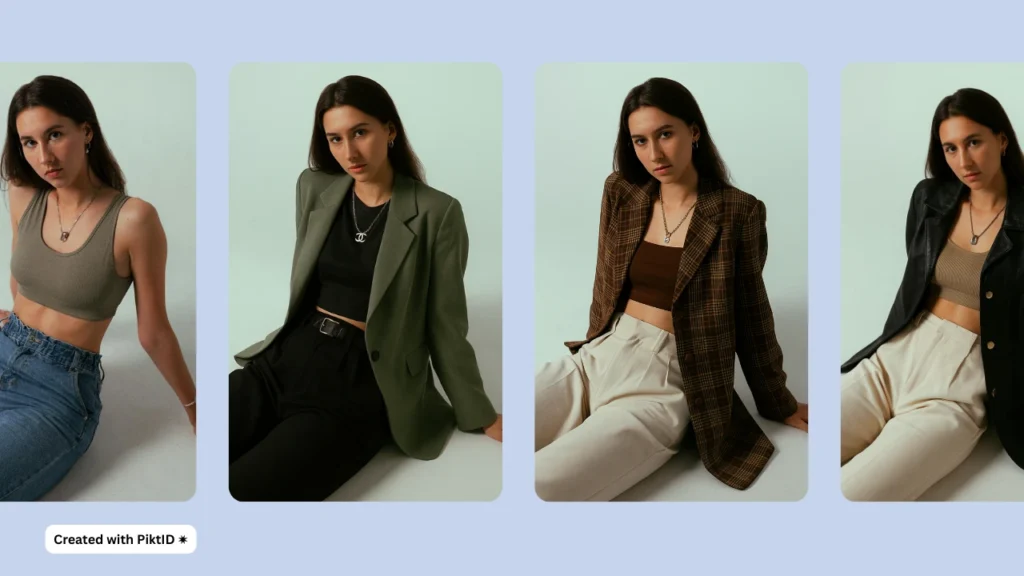
Q1. What is fashion technology AI?
Fashion technology AI refers to the application of artificial intelligence across design, production, retail, and marketing in the fashion sector. It includes generative design, trend forecasting, virtual try-on, and automated imaging. The goal is to make design more creative, supply chains more efficient, and customer experiences more personalized at scale.
Q2. How can AI help fashion designers?
AI accelerates ideation and prototyping by generating multiple design variations from a single brief, simulating fabric behavior digitally, and surfacing trend signals from social and search data. Designers use these outputs as creative starting points—reducing sample runs, shortening lead times, and enabling more data-informed decisions during the design cycle.
Q3. Can I create my own fashion designs with AI?
Yes. Tools like PiktID Create Image let you produce styled visuals and on model looks by writing prompts and tweaking model settings. Creatives can iterate on colorways, silhouettes, and accessories quickly, then export high-resolution assets for look books, social content, or A/B testing without a full photo shoot.
Q4. Is AI replacing fashion designers?
No. AI acts as a collaborator that amplifies human creativity and operational capacity. Designers still guide aesthetic, cultural, and brand choices; AI supplies rapid exploration, pattern ideas, and optimization. The most successful teams pair designer judgment with AI-generated options to move faster while maintaining authenticity.
Q5. How does AI in fashion benefit e-commerce?
In e-commerce, fashion technology AI improves conversion and reduces returns through personalized recommendations, virtual try-ons, and AI-generated product imagery. Brands can test multiple styles, regionalize visuals, and create consistent model libraries boosting shopper confidence and streamlining content production for large catalogs.

